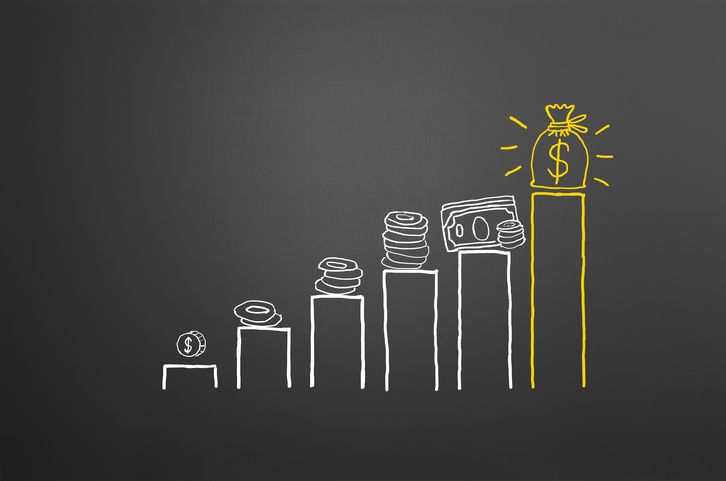Emerging market debt funds were also third most popular with investors in the month, growing by €3.47bn to €8.59bn, while separating the two categories were European equity funds which saw €8.82bn of inflows to hit a total of €8.6bn in AUM.
J.P Morgan’s Emerging Markets Equity Fund topped the emerging market equity category in terms of net flows at €830m for the month, followed by the Schroder International Selection Fund Emerging Markets fund at €584m, and Hermes Global Emerging Markets fund at €391m.
[visualizer id=”6245″]
Source: Morningstar
The top three funds in terms of net assets were passive funds – iShares Emerging Markets Index fund (€9.7bn), Vanguard Emerging Markets Stock Index fund (€9.1bn), and iShares Core MSCI Emerging Markets Investable Markets Index (IMI) Exchange Traded Fund (ETF) (€7.6bn). However, the top two experienced outflows during January.
Despite the increasing interest in emerging markets shown by the data, Amundi chief investment officer, Pascal Blanque, said the allocation towards the asset class was still not enough.
Blanque said emerging markets were a long-term opportunity and investors would be well advised to structurally increase their weight in portfolios.
“Emerging market equities still make up only 5% of an average institutional equity portfolio despite emerging equities being 12% of world stock markets by market cap, and with emerging markets having a 58% share of world gross domestic product (GDP),” he said.
“Emerging equities are enjoying tailwinds from a combination of short- and long-term trends.”
China risk
Blanque said emerging market assets were being underpinned by strong and synchronised global growth, a stabilisation of the commodity cycle and easing financial conditions, and that investors were still being rewarded for the risk of currency depreciation.
“That said, areas of risk will remain. A key area to watch is the resilience of China and its ability to manage economic transition, its currency and its debt without major disruption,” he said.
NN Investment Partners senior emerging markets strategist, Maarten-Jan Bakkum said China was the only market that had clearly underperformed, and that it was the Chinese internet names that had inflated the most within global emerging markets during previous months.
“While the Chinese underperformance should not have been a big surprise, it remains remarkable that other EMs that should be more sensitive to big movements in DM [developed market] interest rates have held up so well,” Bakkum said.
“We are therefore inclined to buy into weakness in China and increase our underweights in markets such as Turkey, where macro imbalances are large, economic policies are becoming more unorthodox and higher DM bond yields should eventually push local rates higher.”
The firm said it anticipated that the EM outperformance trend in equities would be sustained as long as the rising bond yields in the US and Europe did not force EM central banks to tighten policy. This would keep EM financial conditions easy and supporting the EM domestic demand growth recovery.
The safer choice
For Ashmore Group’s head of research, Jan Dehn, emerging markets assets were the safer choice and were the only asset class to cheapen outright during the QE period.
“…which is why EM assets now offer realistic prospects for both capital gain and yield against the improving fundamental and strong technical backdrop. EM assets are not just the most attractive investment proposition on offer today; they are arguably also the safer choice,” Dehn said.
Agreeing, Hermes emerging markets head, Gary Greenberg said EM tailwinds from 2017 would continue in 2018 thanks to continuing corporate profit margins, EM GDP growth relative to DMs, undervalued EM currencies, a fresh capex cycle due to begin, EMs continuing to be under-owned by global equity funds, and valuations were supportive.







